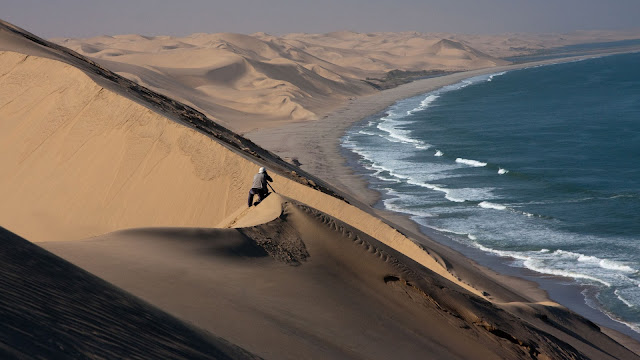When we presume of beaches, the first picture that comes to mind is usually peaceful topography, crystal-clear waters, and the calming sound of waves hitting the coast. Nevertheless, not all beaches are idyllic havens; some are fraught with invisible hazards that can pose severe risks to visitors. From deadly oceanic life to dangerous winds, here we share the ten most dangerous beaches in the world.
1. Fraser Island, Australia
2. Hanakapiai Beach, Hawaii, USA
Hanakapiai Beach on the Hawaiian island of Kauai is surprisingly stunning but infamously contaminated. The beach is known for its assertive rip winds and powerful tides that can vacuum even the most expert swimmers out to sea. Over the years, countless drowning incidents have happened here, guiding to warnings and signs deterring visitors from entering the water. Regardless of the dangers, the beach remains a popular hiking destination due to the stunning sights and the demanding Hanakapiai Trail. Tourists are recommended to relish the view from the coast and exercise intense vigilance if they decide to explore the area. Remember, the magnificence of Hanakapiai Beach disguises its dangerous essence, making it vital to prioritize protection above all else.
3. Gansbaai, South Africa
4. Playa Zipolite, Mexico
5. Praia de Boa Viagem, Brazil
6. Skeleton Coast, Namibia
Also Explore: Also Explore: Top 10 Family Friendly Beaches In Florida
7. Chowpatty Beach, India
8. Kilauea, Hawaii, USA
9. Copacabana Beach, Brazil
10. New Smyrna Beach, Florida, USA
Staying Safe at the Beach
While these shores are undeniably treacherous, multiple of them are also stunningly stunning and show amazing adventures. To remain secure, it's vital to pursue local cautions, remain informed regarding the threats, and take required protection. Always admire nature and its surprising elements, guaranteeing your beach visit is as safe as enjoyable.
In ending, while the charisma of the world's beaches is definite, it's necessary to determine that beauty usually comes with invisible hazards. By remaining informed and careful, you can enjoy these natural wonders while minimizing the risks.
FAQs
1. Why are some beaches more dangerous than others?
Beaches can be dangerous due to a variety of factors, including strong rip currents, hazardous marine life such as sharks and jellyfish, unpredictable weather conditions, and human-related dangers like pollution and crime. Each beach has its own unique set of risks that can make it more hazardous than others.
2. What should I do if I encounter a rip current while swimming?
If you find yourself caught in a rip current, remain calm and do not try to swim directly back to shore against the current. Instead, swim parallel to the shoreline until you are out of the current, and then swim back to the beach at an angle. If you are unable to escape, float or tread water and signal for help.
3. How can I protect myself from shark attacks at the beach?
To reduce the risk of a shark attack, avoid swimming at dawn, dusk, or night when sharks are most active. Stay in groups, as sharks are more likely to attack solitary individuals. Avoid wearing shiny jewellery and brightly coloured clothing, which can attract sharks. Be cautious around schools of fish or seals, as these are prime hunting grounds for sharks.
4. What precautions should I take when visiting beaches with dangerous wildlife?
When visiting beaches known for dangerous wildlife, such as jellyfish, sharks, or aggressive animals like dingoes, always pay attention to local warnings and advisories. Wear protective clothing if recommended, such as wetsuits to prevent jellyfish stings. Avoid swimming in areas known to be frequented by these animals and always respect their natural habitats.
5. Is it safe to visit polluted beaches, and what are the health risks?Visiting polluted beaches can pose serious health risks, including skin infections, gastrointestinal illnesses, and respiratory issues. It's important to check water quality reports before visiting and avoid swimming in contaminated water. If you do visit a polluted beach, avoid contact with the water and ensure any cuts or open wounds are properly covered to prevent infections.














0 Comments